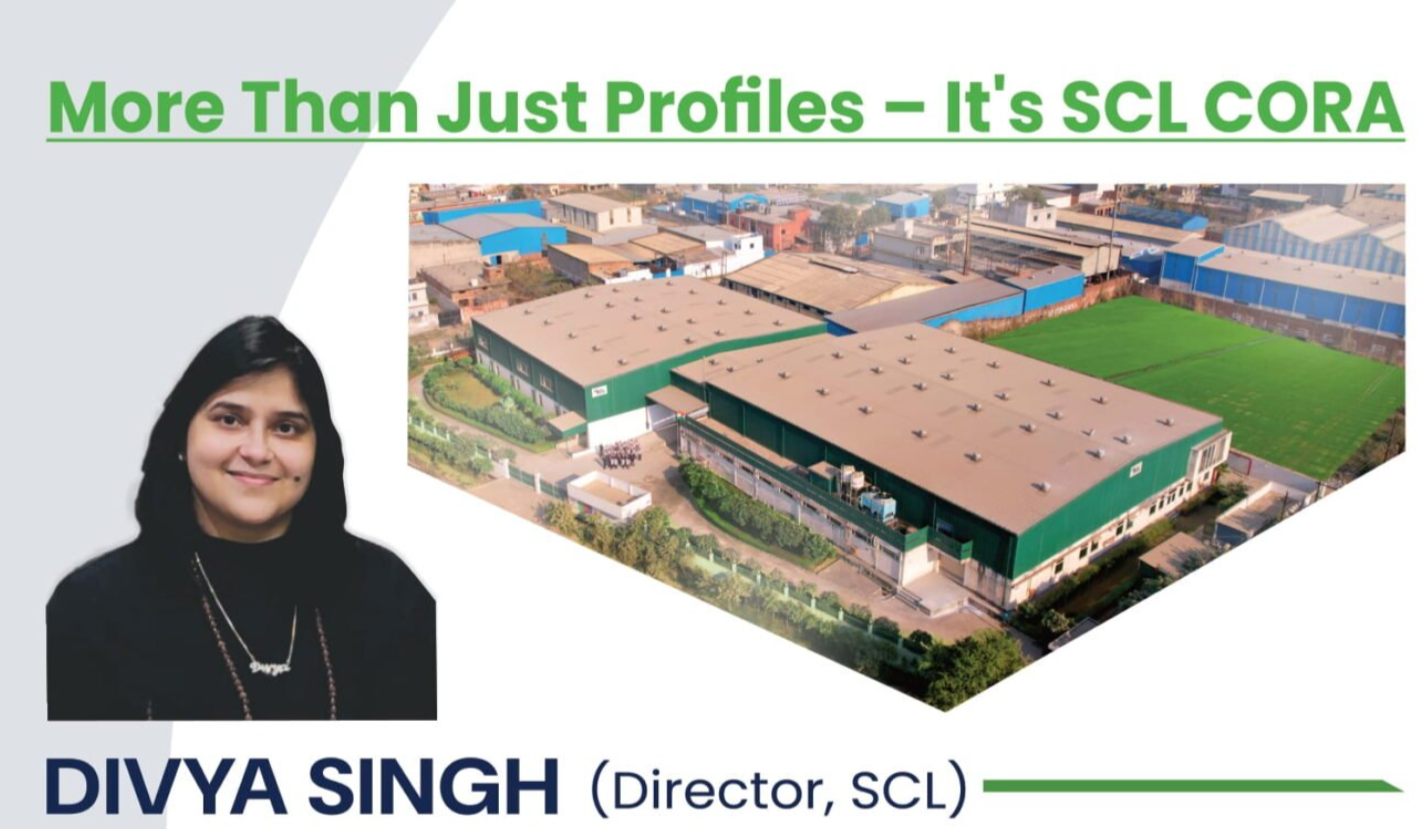Among the many options available, unplasticized polyvinyl chloride (uPVC) profiles are recommended due to their good environmental properties. At Shani Corporation Limited, our CORA uPVC profiles are designed with safety in mind. Let’s find out if uPVC materials are truly environmentally friendly and if CORA can contribute to a greener future.
1. Recycling of uPVC
One of the most important environmental aspects of uPVC profiles is their recycling. Unlike many other materials, uPVC can be used in new products at the end of its lifecycle. This will help reduce the amount of waste ending up in landfills. The recycling process involves breaking down old uPVC products and turning them into new sheets or other useful products. Shani Corporation Limited’s CORA profiles are designed with end-of-life in mind, ensuring they contribute to the circular economy and reduce environmental impact.
2. Long-Lasting and Durable
uPVC profiles are known for their durability and longevity. Unlike materials that need to be replaced regularly, uPVC doors and windows are designed to last for many years with minimal maintenance. This durability not only reduces the need for replacement, but also reduces the impact of waste and resource use. By choosing CORA profiles from Shani Corporation Limited, homeowners are choosing products with long-term functionality that follow sustainable building practices and reduce the frequency of waste
3.Energy Efficiency
Energy efficiency is an important factor in assessing the environmental friendliness of building materials. uPVC profiles help to improve energy efficiency in homes and businesses. Excellent thermal insulation helps maintain the temperature in the home by preventing heat transfer. This reduces the need for excessive heating and cooling, reducing energy consumption and greenhouse gas emissions. Shani Corporation Limited’s CORA profiles are designed to increase energy efficiency and promote a more peaceful, healthy lifestyle
4.Less carbon
UPVC profiles generally have less carbon in their production compared to other materials. The manufacturing process for uPVC requires less energy than materials such as aluminium or steel. uPVC materials also help save energy throughout their life cycle, reducing their overall impact on the environment. By choosing CORA profiles, you benefit from safer products during production, while also helping to reduce effort throughout the process.
5.Reduced chemical emissions
uPVC is known for its durability and functionality in many environments, as well as reducing the release of harmful chemicals. Unlike some materials that emit volatile organic compounds (VOCs) or other pollutants, the best uPVC products, such as those manufactured by Shani Corporation Limited, are designed to keep emissions to a lower level. These features help to improve indoor air quality and meet good building standards
6. Sustainable Manufacturing Practices
At Shani Corporation Limited, sustainability extends beyond the end product to our manufacturing practices. We are committed to using efficient processes and reducing waste during manufacturing. Our CORA profiles are designed with a focus on minimizing the environmental impact of manufacturing while maintaining quality and efficiency. Commitment to sustainable practices ensures that our products not only meet but exceed environmental expectations.
7.Durability reduces resources used
The durability of UPVC profiles also means that fewer resources need to be replaced and repaired over time. Unlike materials that can degrade and require constant maintenance, the long life of uPVC saves money and reduces waste. By choosing a CORA profile you are investing in products that support a sustainable approach to resource management.




